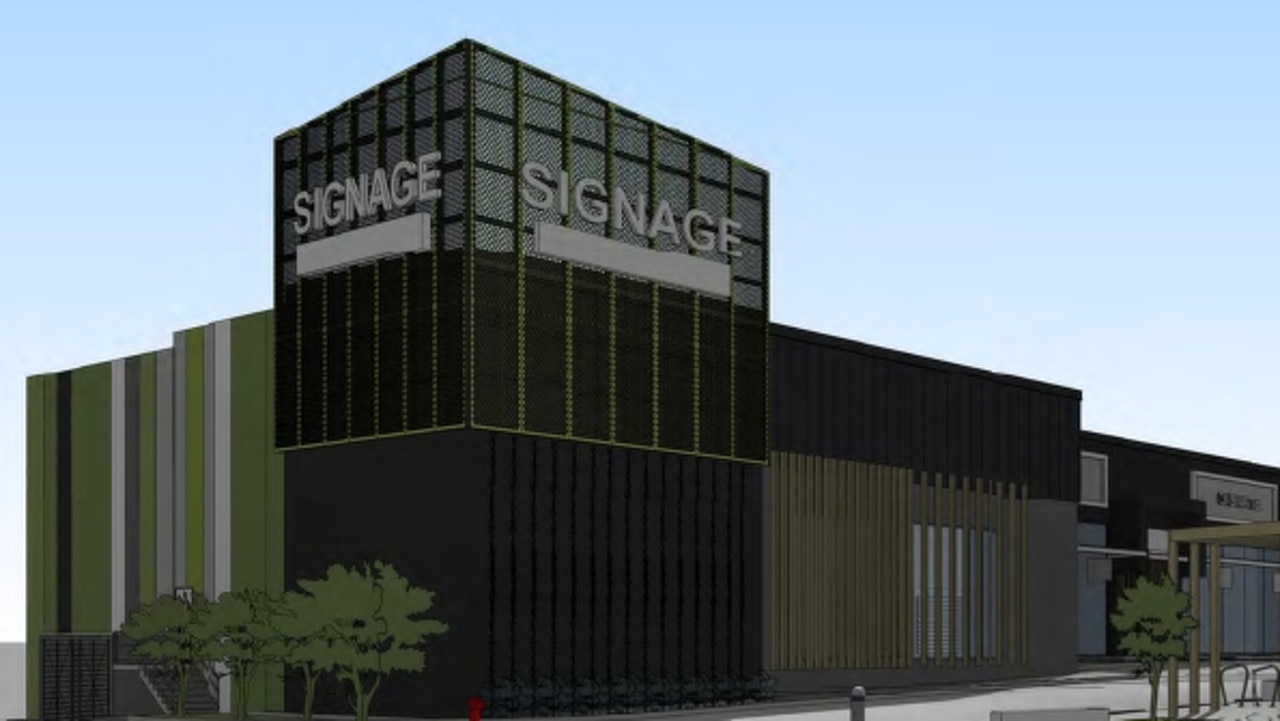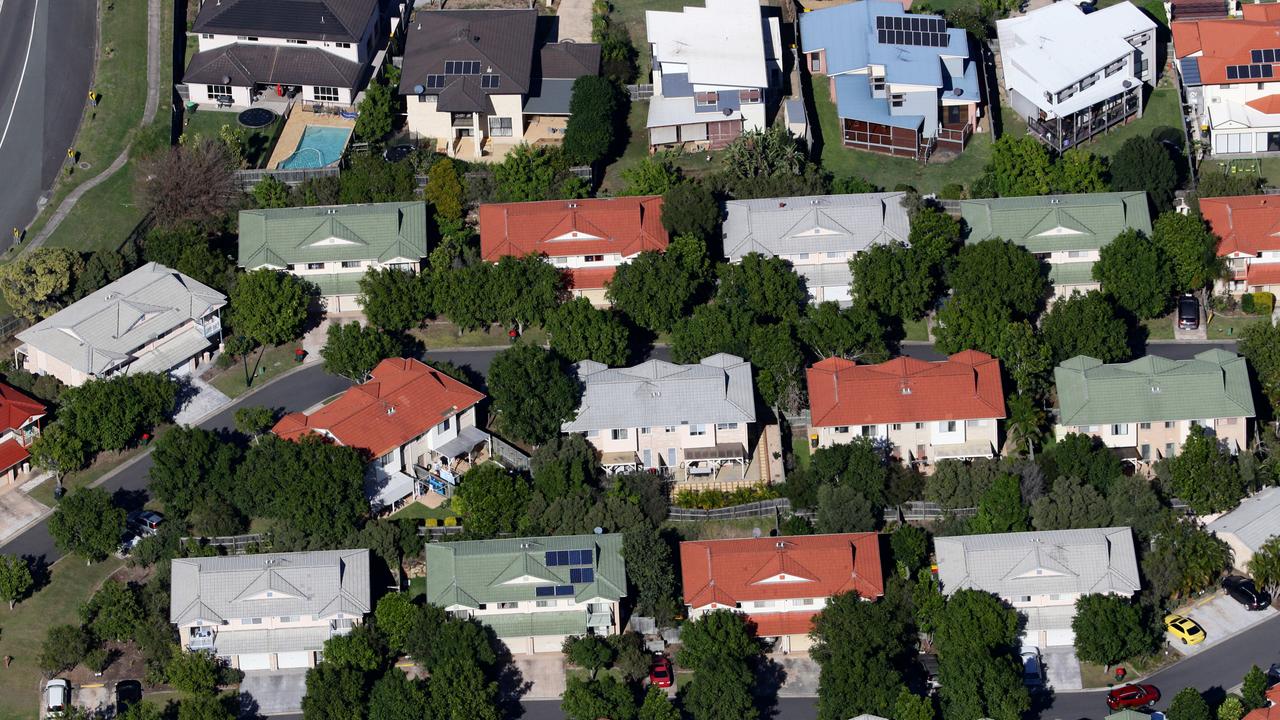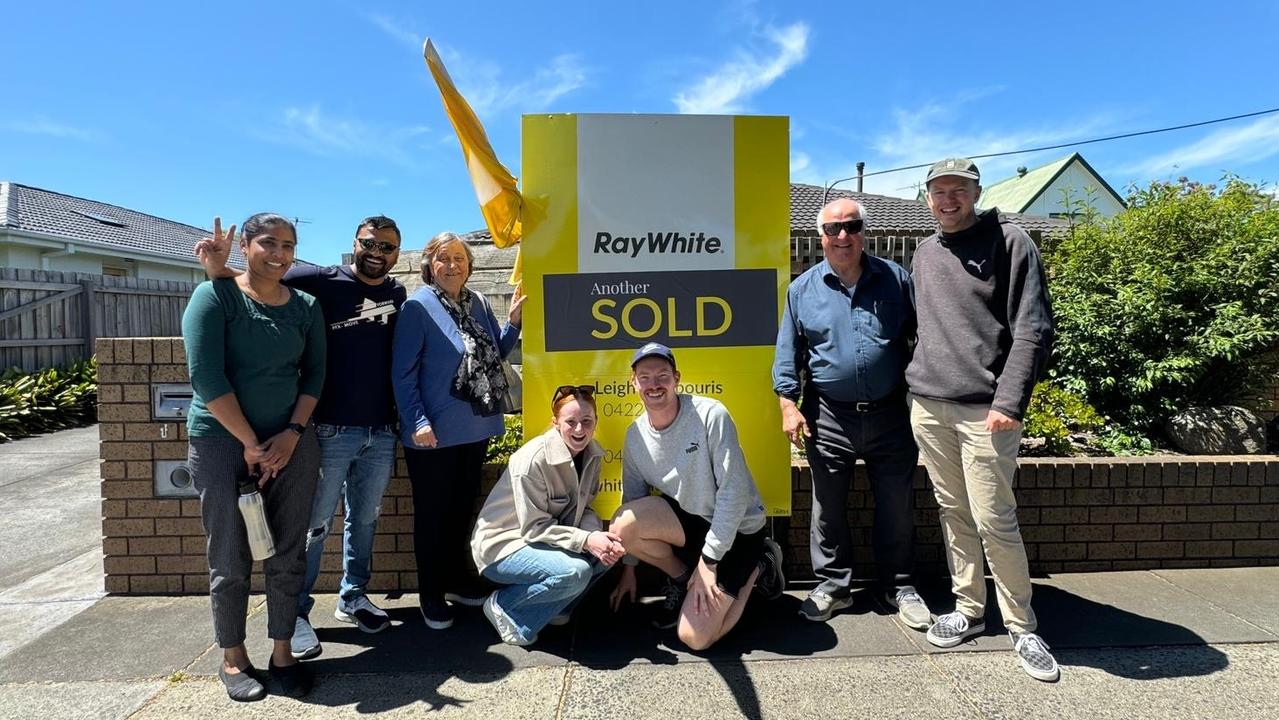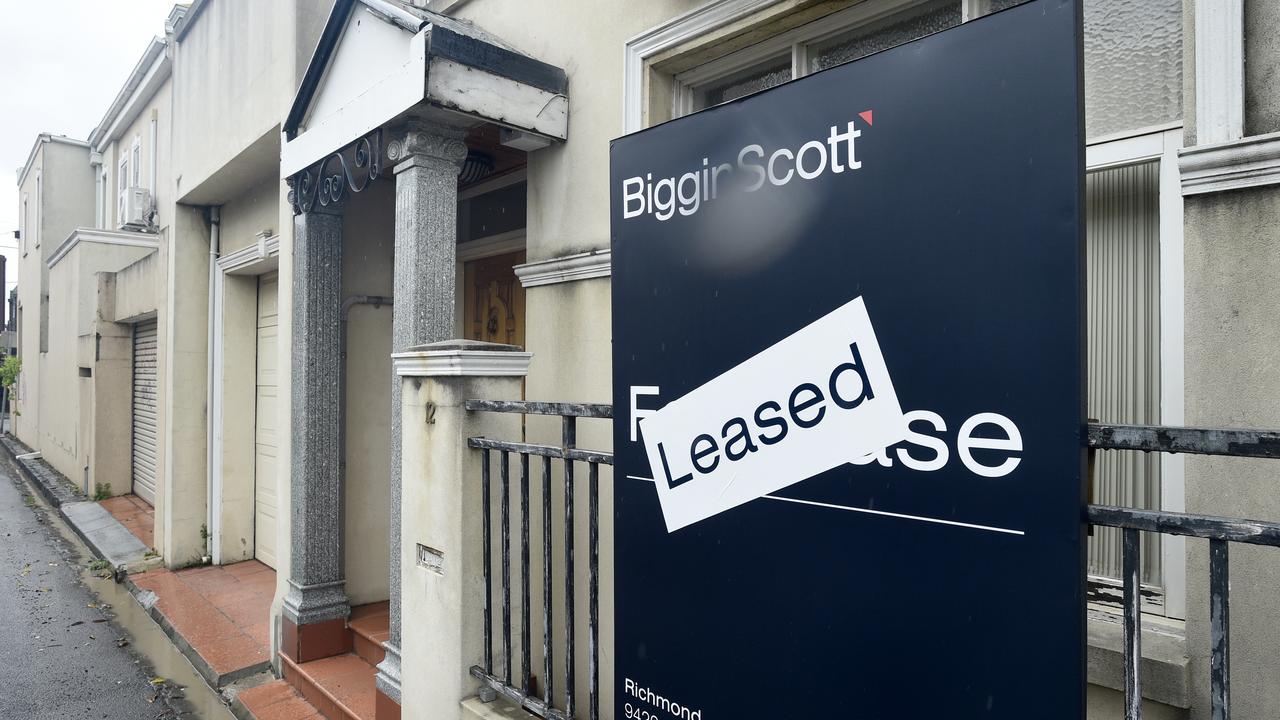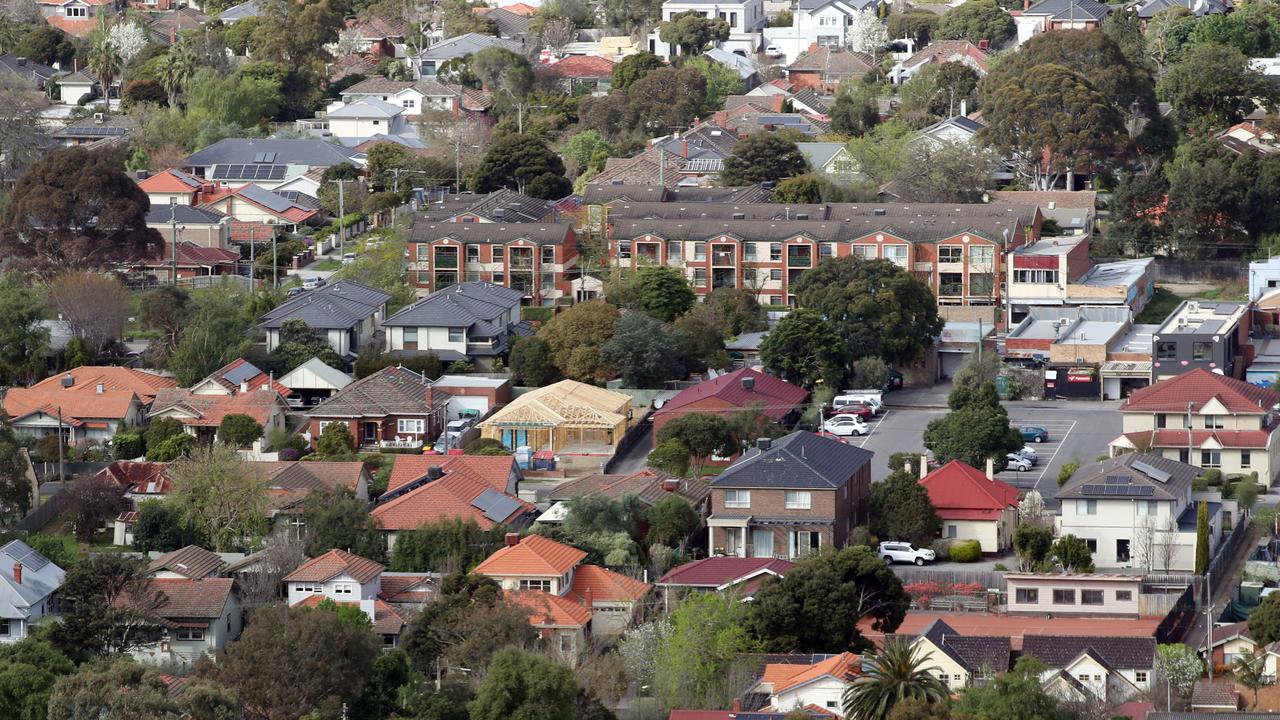11 Sydney suburbs named in real estate investor blacklist
Fourteen NSW suburbs, including 11 in Sydney, have appeared in a list of the riskiest investor markets, with nearly a quarter of recent sellers in one area losing money.

Property
Don't miss out on the headlines from Property. Followed categories will be added to My News.
Eleven Sydney suburbs and a further three in regional NSW have appeared on a national list of worst locations to buy an investment property this year due to the higher risk of losing money.
The annual No Go Zones report by national investment advisory group Positive Property revealed 111 suburbs around the country considered risky markets for buyers.
The research was based on analysis of several economic metrics and housing market indicators across nearly 15,000 Australian suburbs.
Most of the Sydney suburbs declared “no-go zones” for investors were higher density suburbs dominated by apartment towers.
There were also suburbs considered overvalued relative to neighbouring suburbs with similar housing and amenities. This was due to strong recent growth.

Report author George Markoski, a buyer’s agent and successful investor with nearly 40 properties, said many of the high-density suburbs were oversupplied with apartments relative to the number of people who wanted them.
The oversupply would put downward pressure on prices, making it hard for investors to get capital growth, but Mr Markoski clarified that this did not mean they were bad places to live.
He said it was not a matter of only quantity of units but quality – many of the Sydney no-go zones had too many smaller, one-bedroom and two-bedroom units at a time when buyers were gravitating towards different housing stock.
The suburbs included Haymarket, Zetland, Lidcombe, Wentworthville, Homebush, Asquith and the Parramatta CBD.
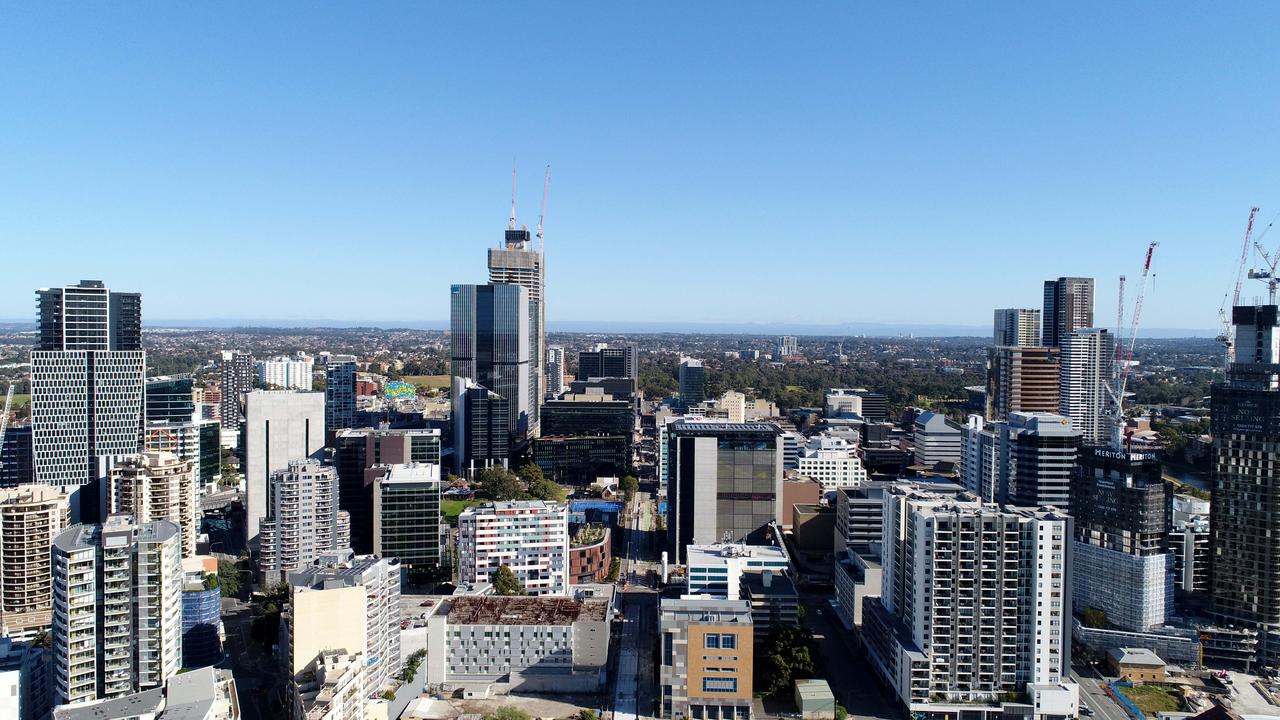
It comes as a CoreLogic pain and gain report showed homeowners in many of the local council areas of these suburbs struggled to sell their homes for higher prices than they paid for them.
Losses were particularly common for Parramatta sellers, with 22.4 per cent selling for less than they paid over the December quarter. The median loss was $49,500. It’s understood most owners making losses sold units.
In the nearby Strathfield LGA, which includes Homebush, 23.8 per cent of sellers made a loss, with a median figure of $36,000.
Also included in the no-go zone list were the high density areas of Mascot and Olympic Park, the locations of high-profile building defects in the Opal Tower building disaster and Mascot Towers evacuation.

“These are all markets where they are building large blocks with hundreds of units. There are fewer limits to development and oversupply can be a problem,” Mr Markoski said.
He added that excessive strata fees within larger buildings made many of the units poor investments.
“The only people who make money in these markets are developers,” Mr Markoski said. “As an investor, you want low supply and these markets are the opposite.
“Another problem in some inner suburbs in Sydney and Melbourne is that they have just strung up the buildings. There is a lot of cost that has to go to maintenance. People can really lose their shirt on these units and it’s hard to know what their value really is.”
Also flagged in the no-go zones were two markets with a high supply of new duplexes – Ermington, 6km east of Parramatta, and Riverwood, 20km southwest of the Sydney CBD.
Mr Markoski said supply was not the only consideration in pinpointing no-go zones, explaining that strong, recent property price was also a red flag in cases where the prices were now well above those in neighbouring suburbs with similar housing.


“Suburbs can’t outperform other suburbs forever,” he said. “There will come a point where buyers have cheaper alternatives and go somewhere else,” Mr Markoski said. “Every market moves in cycles.”
Suburb Data director Jeremy Sheppard revealed in a recent report there were many markets across Sydney that were likely overpriced relative to their neighbours with similar housing and amenities.
He said it was wrong for investors to assume the top growth markets of recent years would continue to be the top growth markets of the future.
Suburb Data research indicated prices in the Parramatta CBD were likely at their peak.
PropTrack data showed many of the top growth suburbs over the past year were in the Parramatta area – but the price gains were notably for houses, not units.
Local agent Ramez Riad of Hunters Agency said there was a clear difference between the unit and house markets in the area. Units were in abundant supply, but houses were scarce and highly sought after.
“A lot of neighbours banded together and sold their houses to developers. They got turned to units. Now there’s very few houses. They’re scarce so they get high prices.”
Outside of Sydney, no-go zones included Bellbird, on the outskirts of Cessnock, Jindabyne in the Snowy Mountains region, and Banora Point in the Tweed region of northern NSW.
More Coverage
Originally published as 11 Sydney suburbs named in real estate investor blacklist




